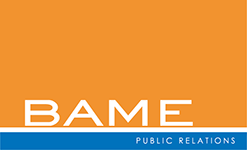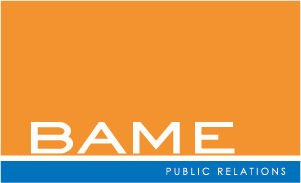USC Study Sheds Light on Trends in PR
Public relations professional in every industry, including legal, have a broad array of avenues to broadcast our clients’ messages. We often refer to the four primary outlets: paid media (traditional paid advertising); earned media (traditional outreach to news outlets); owned media (blogs, websites and other outlets managed by, and under the control of, the client); and shared media (public and consumer participation in the client’s social-media channels).
As a PR strategist, I tailor efforts to clients’ needs, and use a variety of examples demonstrate what success looks like. But now, The University of Southern California’s Center for Public Relations sheds some light on how the media mix is changing its Global Communications Report. This report gives quantitative data to supplement the advice we offer our clients and also offers important trend indicators.
The good news is the report says PR executives from around the world are “optimistic” about the future of the industry and its growth over the next five years. For those of us in the trenches, the value proposition we offer is really about navigating the media choices our clients have, and I believe that as more options arise, the more we will be relied on for our perspective and experience, hence the optimistic outlook.
Here are some additional highlights from the study:
- Less than one-third of the average corporate communications department’s media budget (32%) is being spent on earned media. The same amount (32%), is spent on owned media, such as websites and blogs, while 17% is being spent on paid media and 16% is being spent on shared media.
- Those who work for in-house corporate departments expect the shift away from earned media to continue for the next five years. It is project by 2020, earned media will decline to 26.6%, while owned media and paid media usage will stay constant. The increase will come in shared media, increasing from 16% to 23%.
- Communications leaders say the two specific client services that will drive growth in the future are content creation (named by 81% of the leaders), social media (named by 75%). Only 18% say traditional advertising would lead to growth for PR agencies.
- Traditional media still ranks high for both corporate and agency leaders. (55%)
What does this mean for legal PR? Well, it has often been said that law firms are a few years behind the corporate would in adopting communications programs and tactics. It’s fair to expect that law firms will soon be further emphasizing websites, purposeful content creation, social media and online engagement with their customers. While the rate of adoption is slower than other industries, the seeds for growth have definitely taken root.
My next post will look at other notable trends from the USC study, including the challenges facing the industry with attracting and retaining the right talent.




